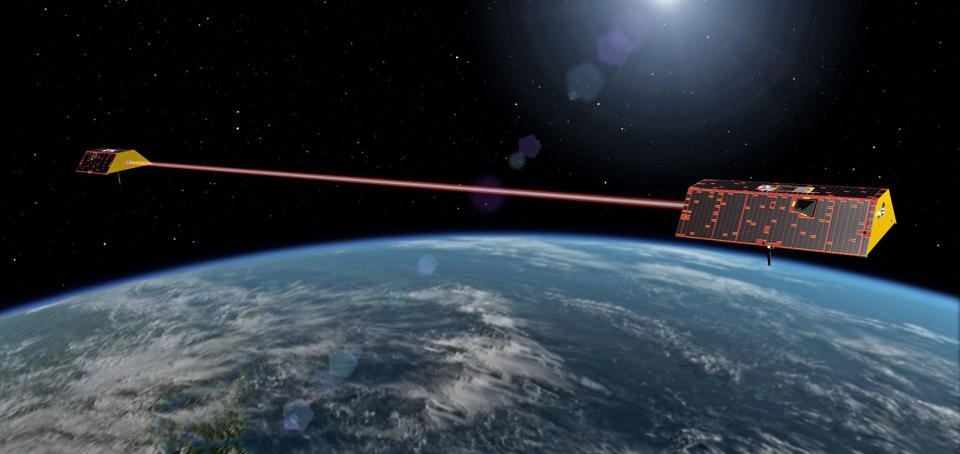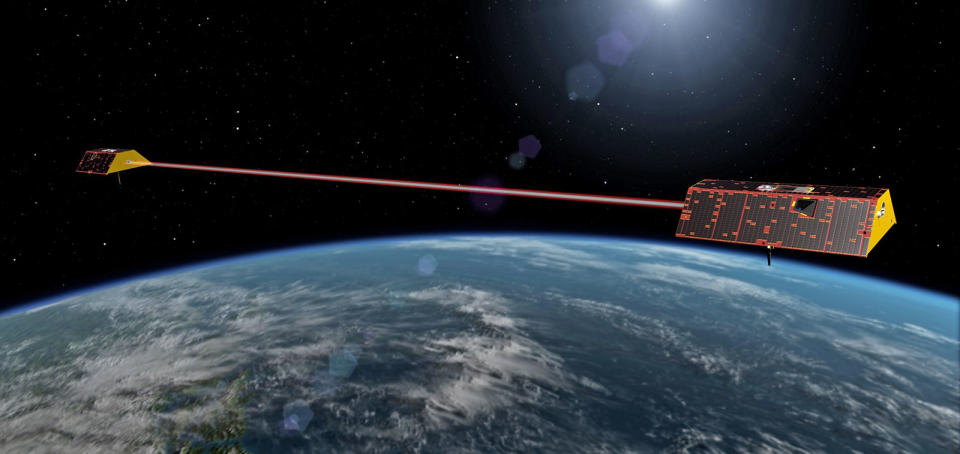Today’s SpaceX launch will help NASA monitor climate change
The GRACE-FO satellites are scheduled to launch today at 3:47 PM ET.
Today, SpaceX is scheduled to launch a previously flown Falcon 9 rocket from Vandenberg Air Force Base in California. Liftoff is currently scheduled for 3:47 PM ET (12:47 PM PT). The payload includes five Iridum NEXT communication satellites and a pair of Earth-observing satellites called GRACE-FO; you can watch liftoff below.
The Earth-observing satellites aboard this Falcon 9 mission, GRACE-FO (Gravity Recovery and Climate Experiment Follow-On), are a joint project between NASA and the German Research Centre for Geosciences. They are the replacement for the original GRACE mission, which ended operations in 2017, fifteen years after it first began.
These two satellites are designed to work in unison, using microwave signals to communicate in order to monitor the Earth's water cycle, ice sheets, crust and atmosphere to take a close look at our changing climate -- both through natural processes as well as human-made ones.
One way that GRACE-FO's data will be used is to try and manage the Earth's water resources more efficiently. "Water is critical to every aspect of life on Earth -- for health, for agriculture, for maintaining our way of living," Michael Watkins, the GRACE-FO science lead and director said in a statement. "You can't manage it well until you can measure it. GRACE-FO provides a unique way to measure water in many of its phases, allowing us to manage water resources more effectively."
GRACE-FO operates by actually using the weight of water to measure movement. The satellite can do this by keeping track of the changes in Earth's gravity field, which is caused by the movement of water, ice, land and the inner solid parts of the planet. This allows GRACE-FO to measure changes in deep water, which cannot be directly observed from space, by monitoring the surface of the planet.
The GRACE-FO mission is scheduled to last five years, but seeing as how the original satellites, GRACE, were scheduled for that same mission duration, it's likely this duo will be in orbit taking measurements for a long time to come.



